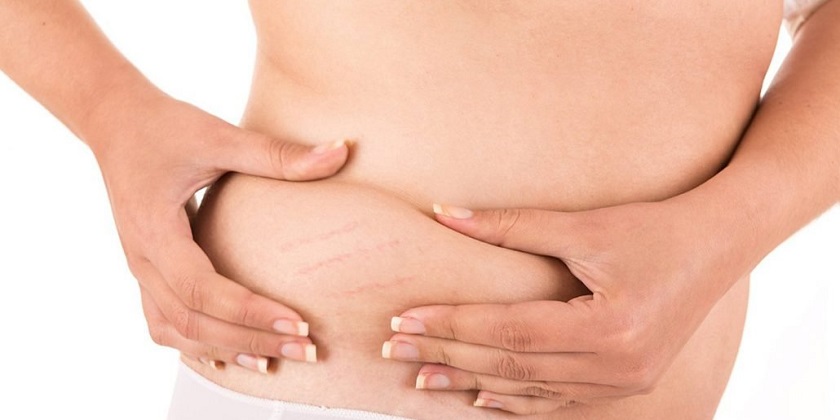- Home
- Stretch Marks Treatment

Stretch marks (striae) are indented streaks that often appear on the abdomen, breasts, hips, buttocks, and thighs. Over time they become less noticeable. Stretch marks are particularly common in pregnant women, especially during the last trimester. Treatment can make stretch marks fade, but it won't completely remove them.
Stretch marks aren't painful or harmful, but some people feel distressed about the way they make their skin look.
Symptoms:
Stretch marks don't all look alike. They vary depending on how long you've had them, what caused them, where they are on your body, and the type of skin you have. Common variations include:
- Indented streaks or lines in the skin
- Pink, red, black, blue or purple streaks
- Bright streaks that fade to a lighter color
- Streaks on the abdomen, breasts, hips, buttocks or thighs
- Streaks covering large areas of the body
When to see a doctor
See your doctor if you're concerned about the appearance of your skin or if the stretch marks cover large areas of your body. Your doctor can help determine the cause of the stretch marks and discuss treatment options.
Causes:
Stretch marks seem to be caused by a stretching of the skin. Their severity is affected by several factors, including your genetic tendency, the degree of stress on the skin and cortisone level. Cortisone — a hormone produced by the adrenal glands — weakens elastic fibers in the skin.
Risk factors
Anyone can develop stretch marks, but some factors increase your likelihood of getting them, including:
- Being female
- Having a personal or family history of stretch marks
- Being pregnant, especially for younger women
- Being overweight or obese
- Rapidly gaining or losing weight
- Using corticosteroid medication
- Undergoing breast enlargement surgery
- Having Cushing's syndrome, Marfan syndrome or certain other genetic disorders
Prevention
The best way to reduce the likelihood of getting stretch marks is to maintain a healthy weight. During pregnancy, you'll gain weight over a relatively brief period. Work with your doctor to avoid gaining too much by eating well and exercising. This not only minimizes stretch marks but also is healthy for you and your baby.
Diagnosis
Stretch marks are typically diagnosed based on an examination of your skin and a review of your medical history. If your doctor suspects an increase in your cortisol production, he or she may recommend additional tests.
Treatment
You may not like how stretch marks make your skin look, but they don't require medical treatment. They are harmless and often fade over time. If you do seek treatment for stretch marks, know that treatments are only partially effective and won't remove them completely.
The following treatments are among those available to help improve the appearance and texture of stretch marks. None has been proved to be more consistently successful than the others.
- Retinoid cream. Derived from vitamin A, retinoids — such as tretinoin (Retin-A, Renova, Avita) — that you apply to your skin may improve the appearance of stretch marks less than a few months old. Tretinoin, when it works, helps to rebuild collagen, making the stretch marks look more like your normal skin. Tretinoin can irritate your skin.
If you're pregnant or nursing, talk with your doctor about other treatment options, because possible side effects of retinoid cream may affect the baby. - Light and laser therapies. A variety of light and laser therapies are available to help stimulate the growth of collagen or elastin in your skin. Your doctor can help you determine which technique is appropriate for you.
- Microdermabrasion. This type of treatment involves a hand-held device that blows crystals onto the skin. These crystals gently remove a fine layer of skin, promoting the growth of new, more-elastic skin.
Work with your doctor to choose the most appropriate treatment or combination of treatments for you. Factors to consider include:
- How long you've had the stretch marks
- Your skin type
- Convenience, as some therapies require repeated doctor visits
- Cost, as treatments to improve appearance (cosmetic therapies), often aren't covered by medical insurance
- Your expectations

